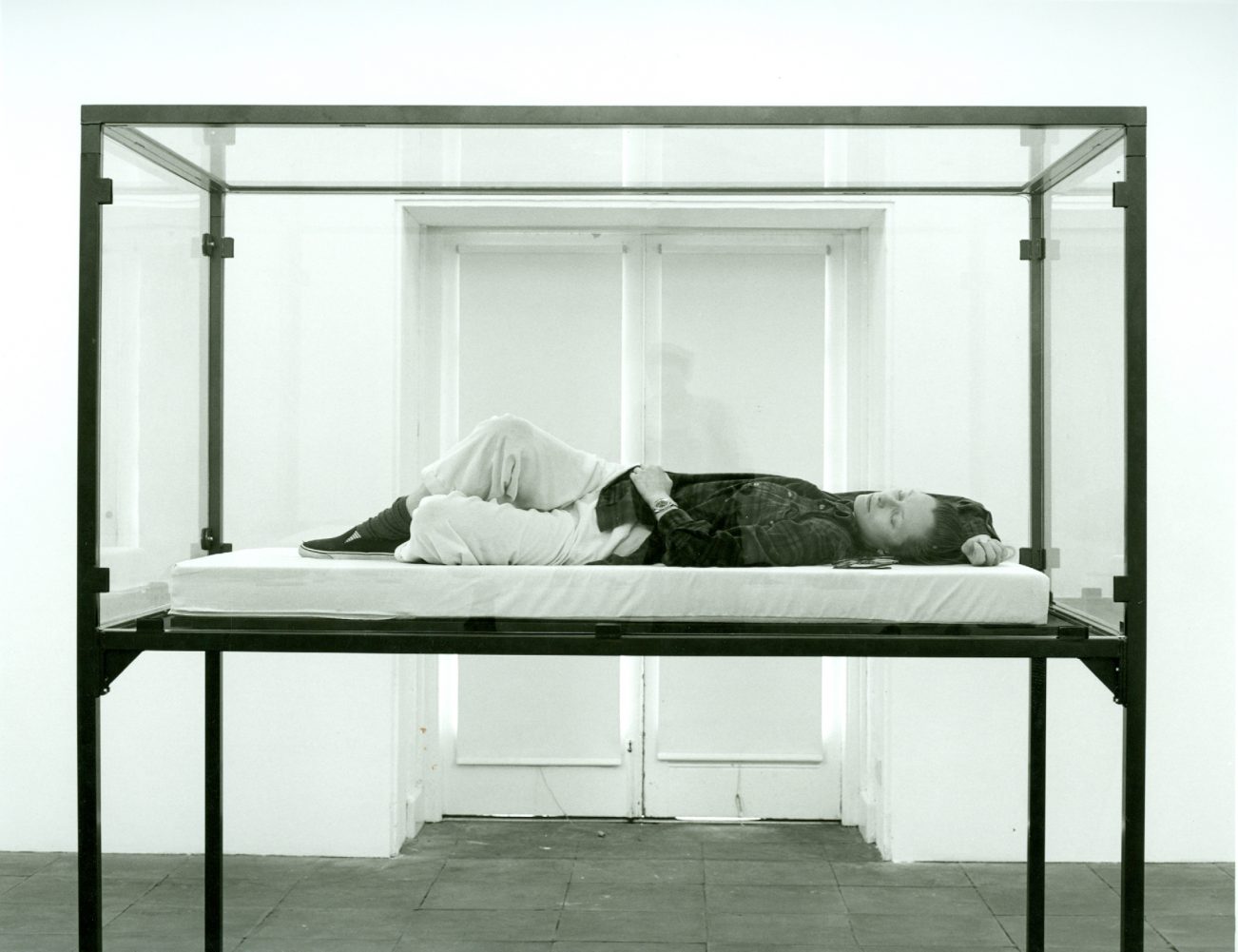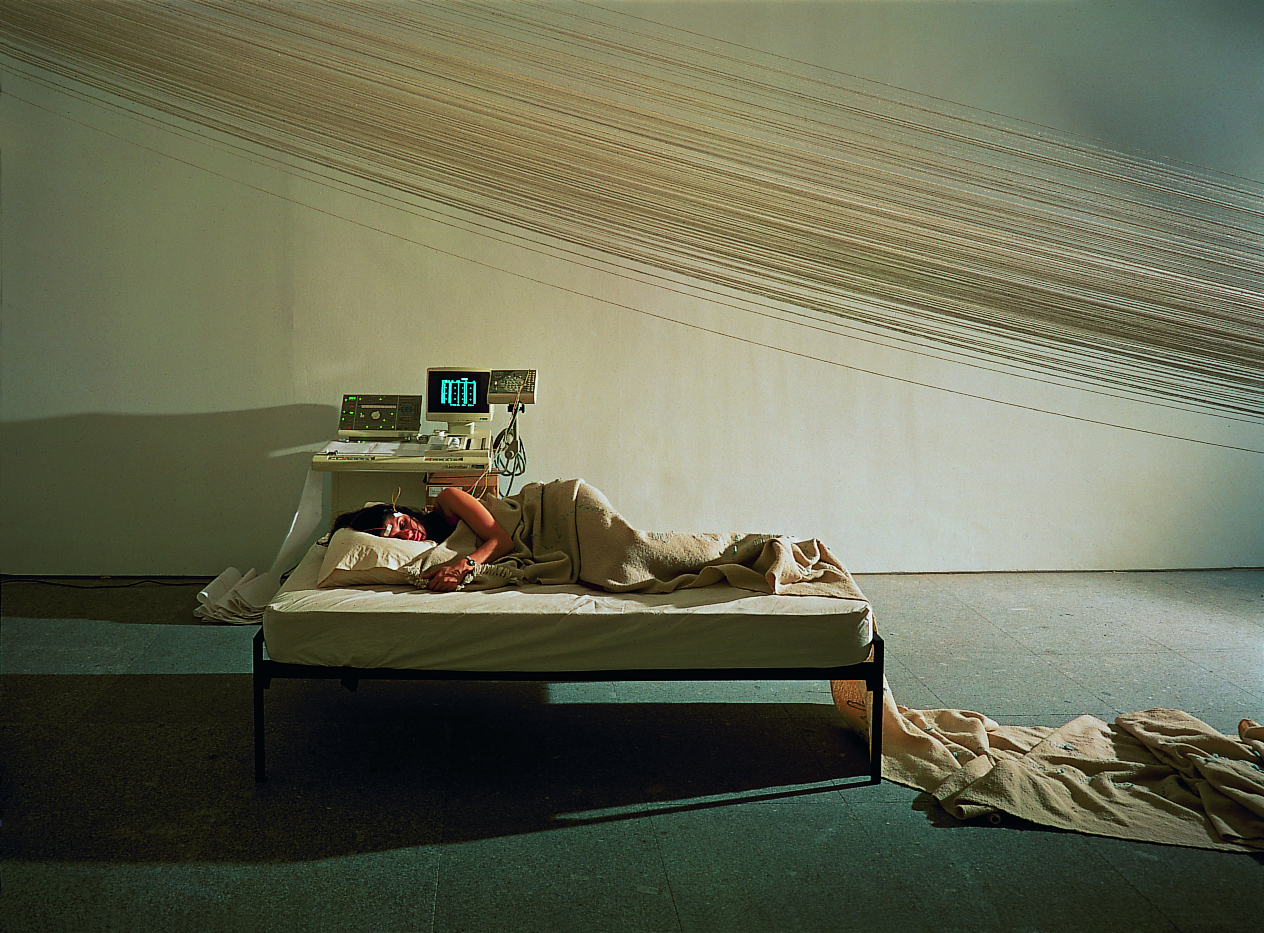Published
Hearing Gravity
Hearing Gravity is a binaural sound experience. The work is an artistic exploration of black holes and the sculpting of time by gravity, developed in collaboration with relativity theorist André Füzfa. Bringing together sound storytelling, immersive theatre and spatial audio installation, the experience is for 1 person at a time and lasts 10 minutes per visitor.
Hearing Gravity relies on an intense audio illusion based on a bespoke binaural setup working in combination with a custom software. Binaural audio is a framework for the capture, process and restitution of hyperrealistic sound. 3D for the ears.
Developed in close collaboration with science, the artwork seeks to create new sensorial, emotional and mystical connections with a reality that appears out of reach to us, due to its astronomical proportions.
A technician is present at the entrance of the installation and gives headphones to the visitor. The visitor are instructed to follow a voice that will guide them throughout the experience, and enters a silent space with a faint light shining in a distant, and black volcanic sand covering the floor.
The headphones are augmented with a pair of binaural microphones, which magnifies the sound of the space in three dimensions. The listener discovers every audio detail (footsteps, breathing, rustling of clothes) in the infinite space they walk in, as they are woven into the audio narrative played in the headphones:
“Now that you’re standing here I will begin. This is a place that is in time. Slowly, make your way to the edge of the black pool ahead of you. Observe carefully the path that you are making with your feet. Notice the way each of your step is pushing the grains of sand to either side. Listen to how the sand crackles under the weight of your body. The more we learn about gravity the less we have come to understand about reality.
As they get closer to the source of light in the dark space, the visitor discovers a small black pool and a chair, on which the voice invites them to sit on. The voice tells the listener about what would happen if they were fall in a black hole, how their reality would distort like a trampoline under the weight go a heavy stone. They hear delicate sounds of wind brushing their ears. They walk in the sand, reach the black hole, we cannot reveal what will happen next…
➝ Info




